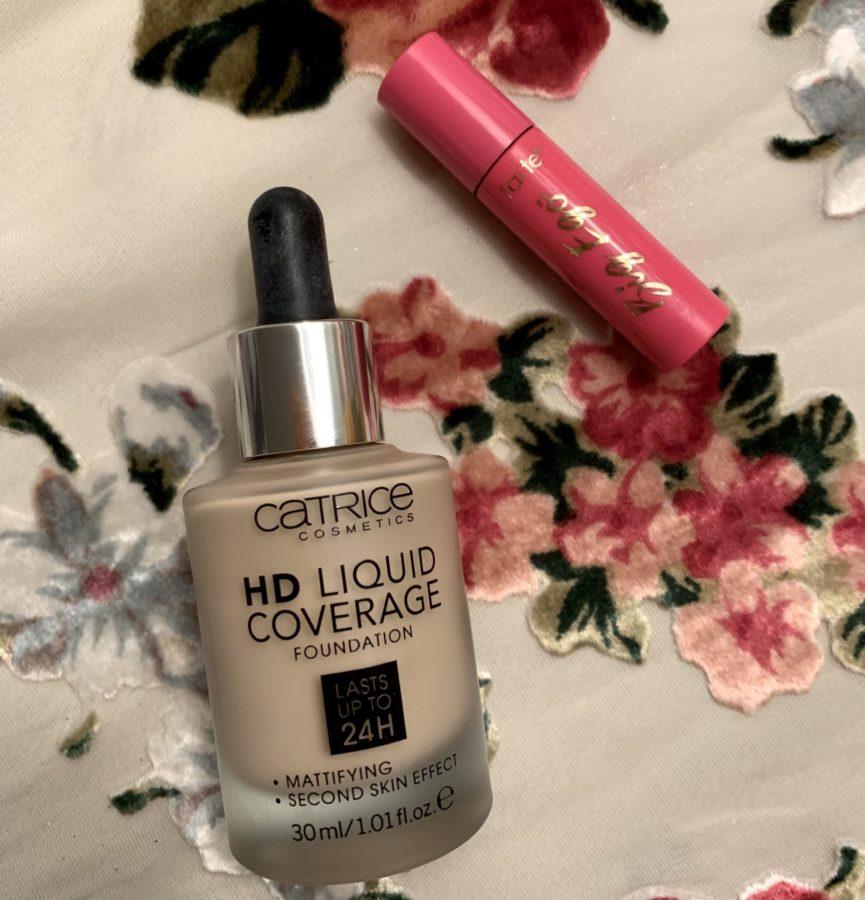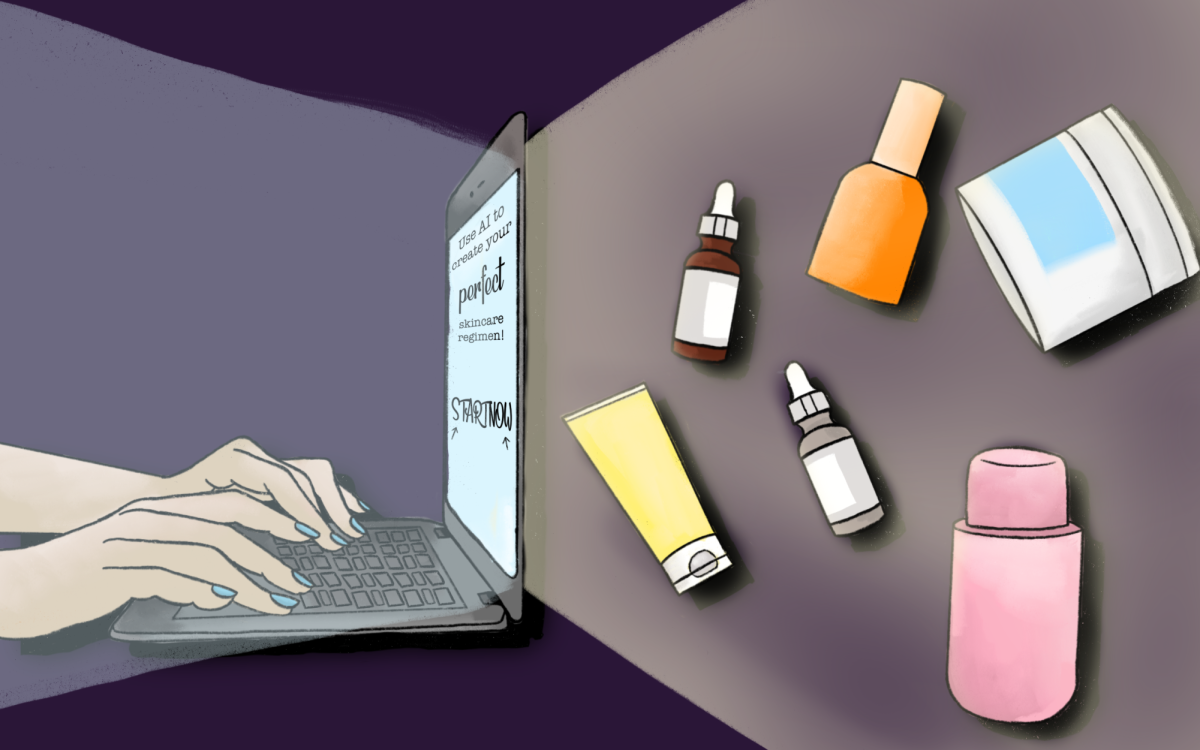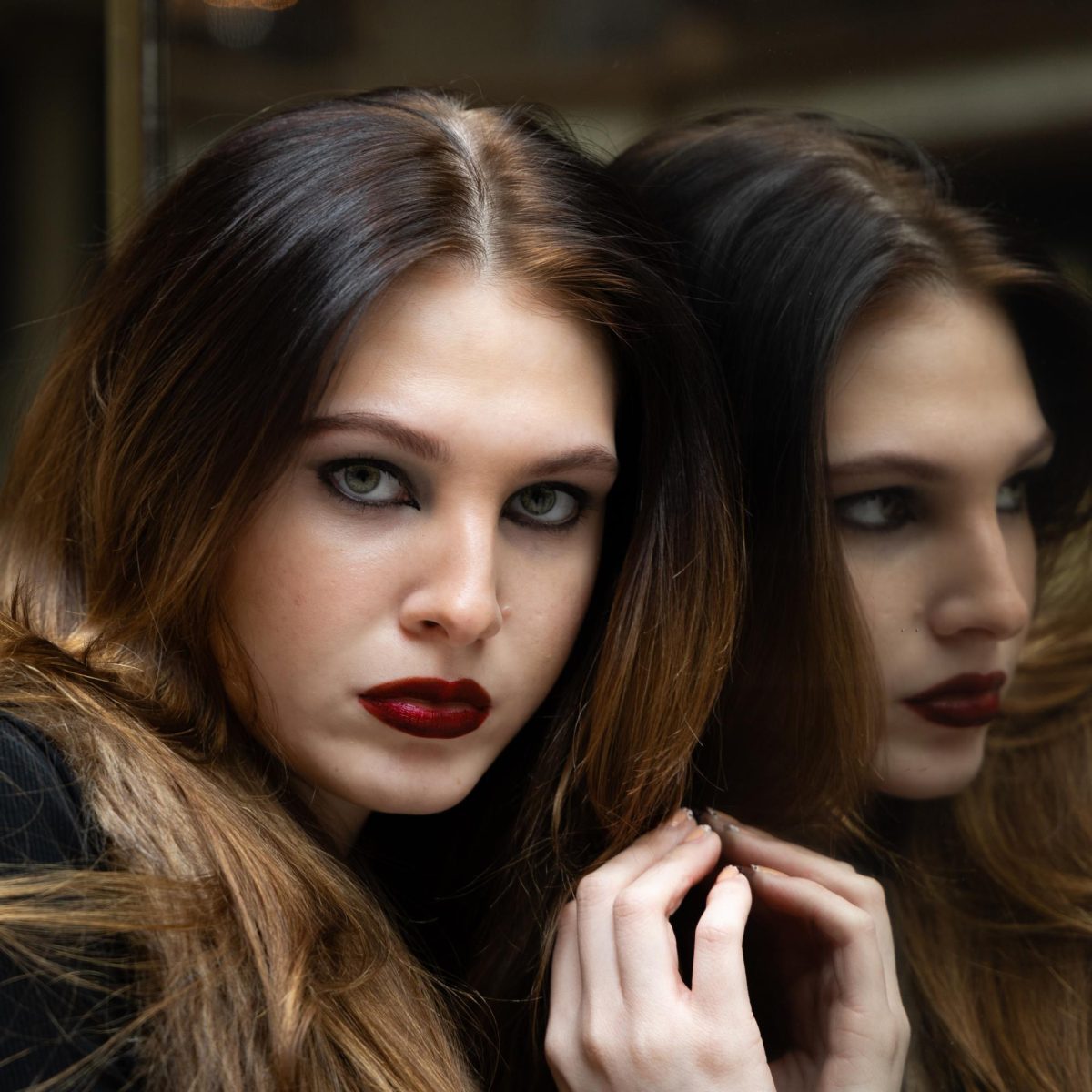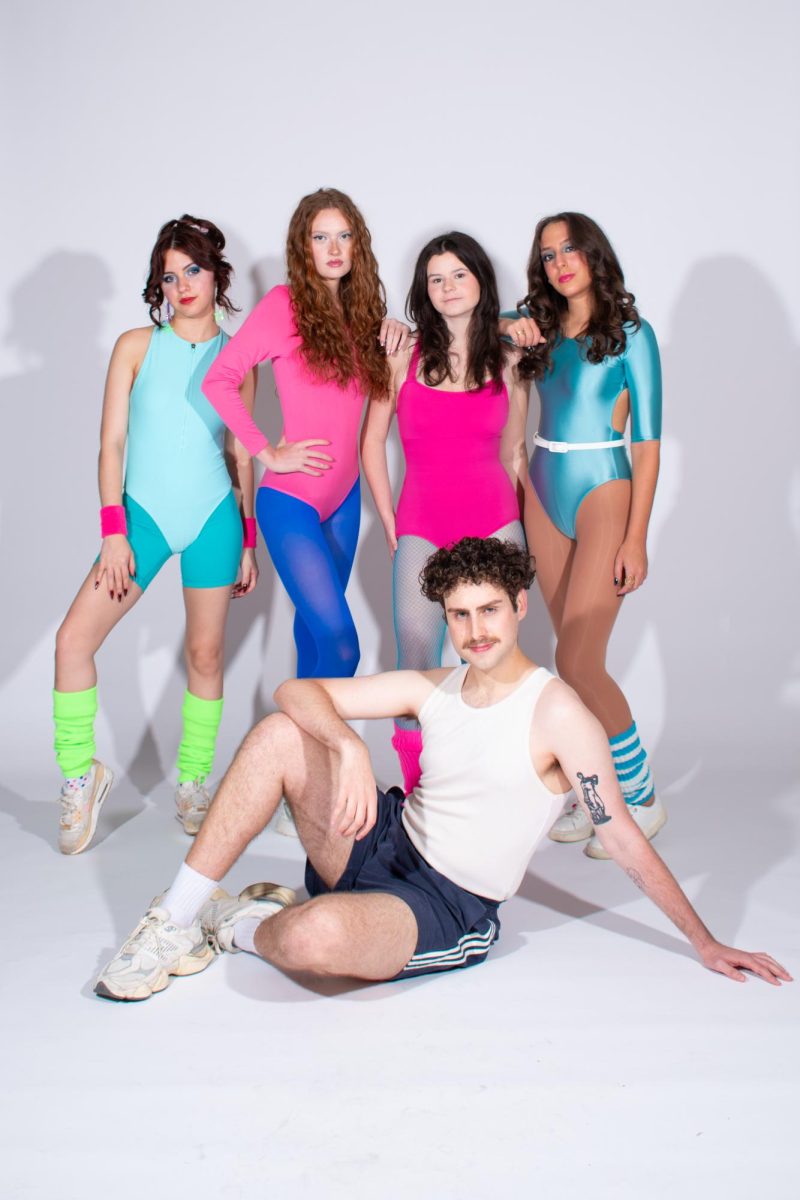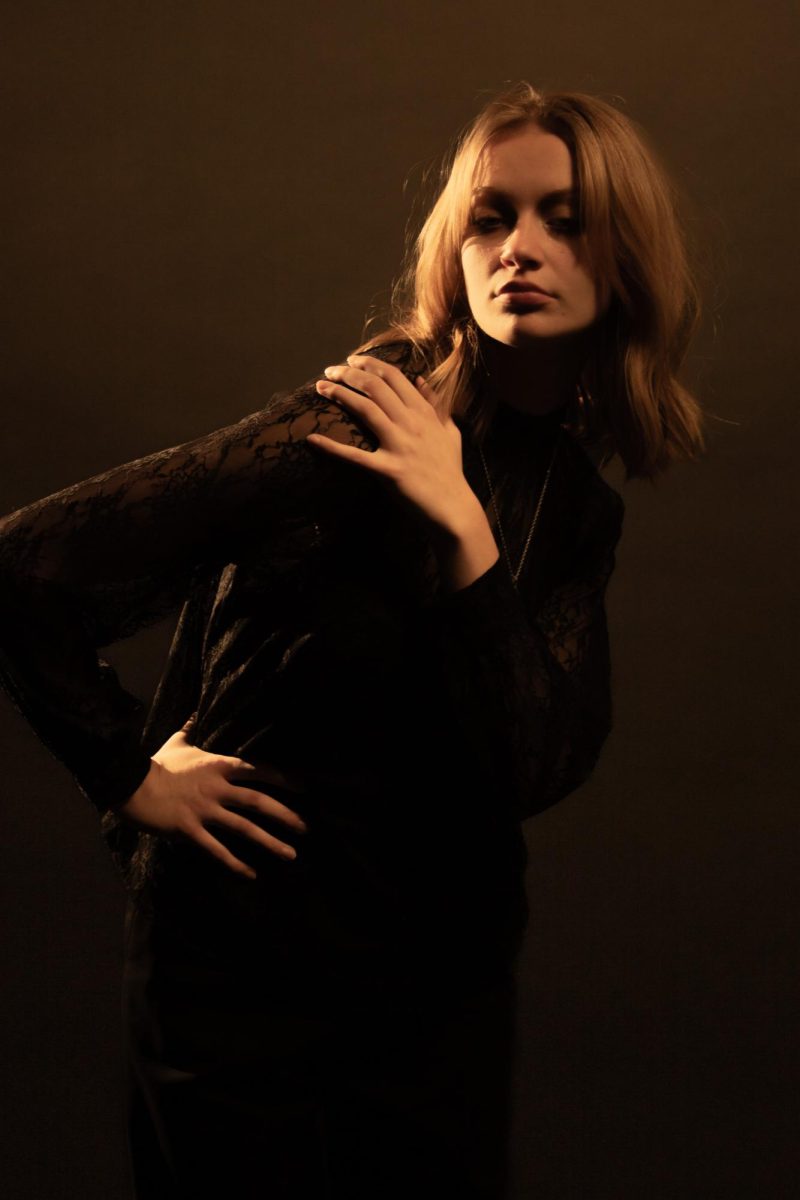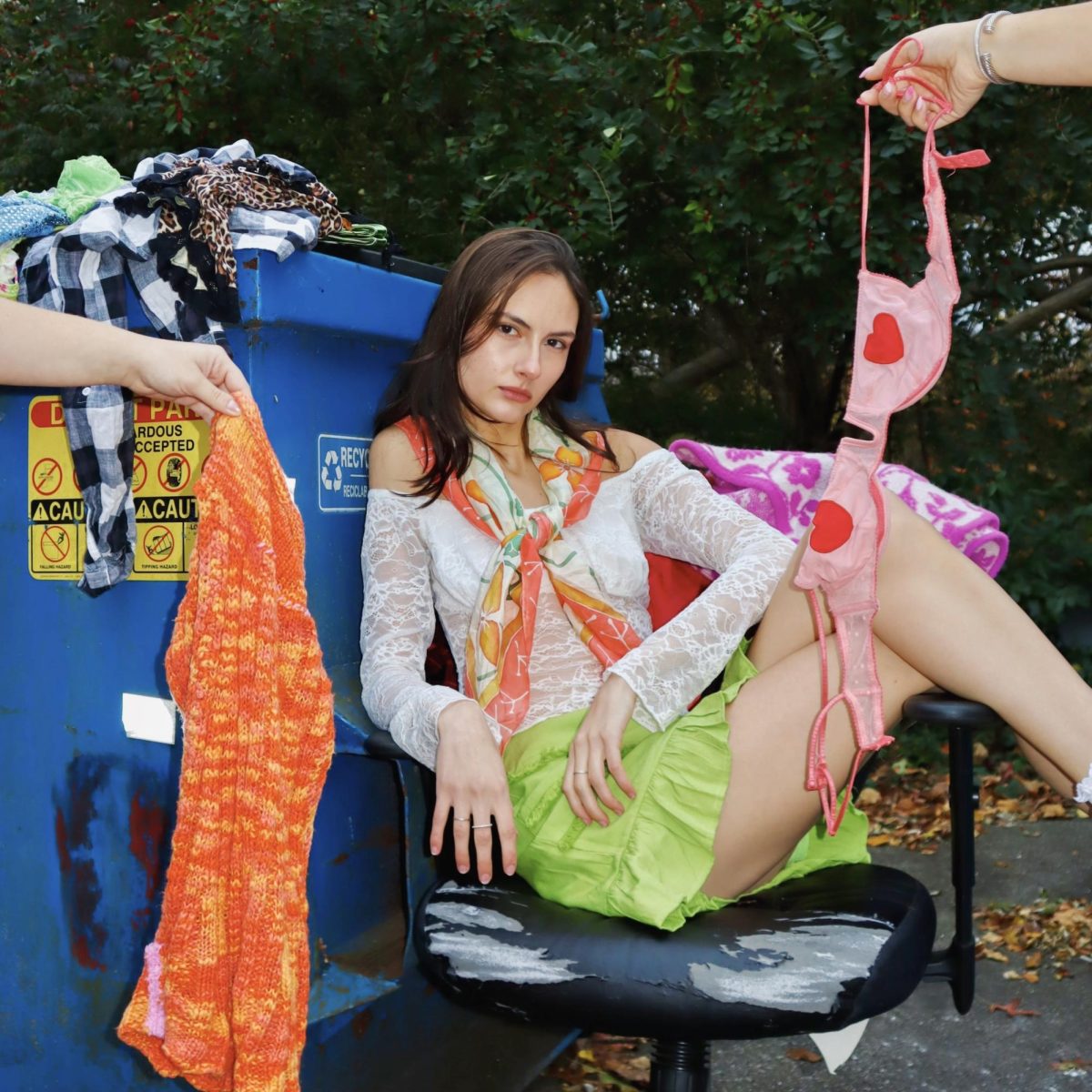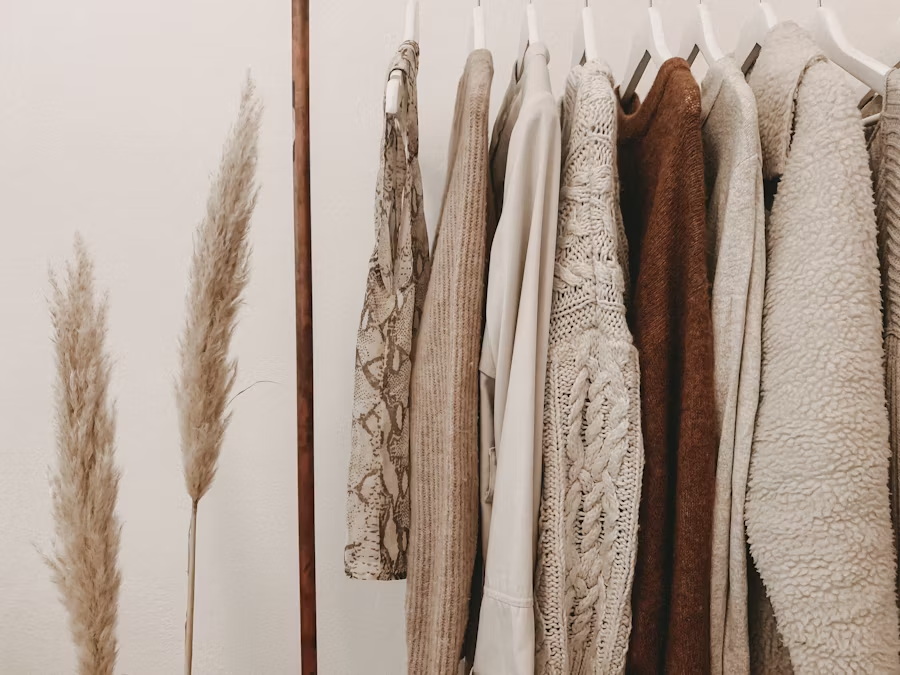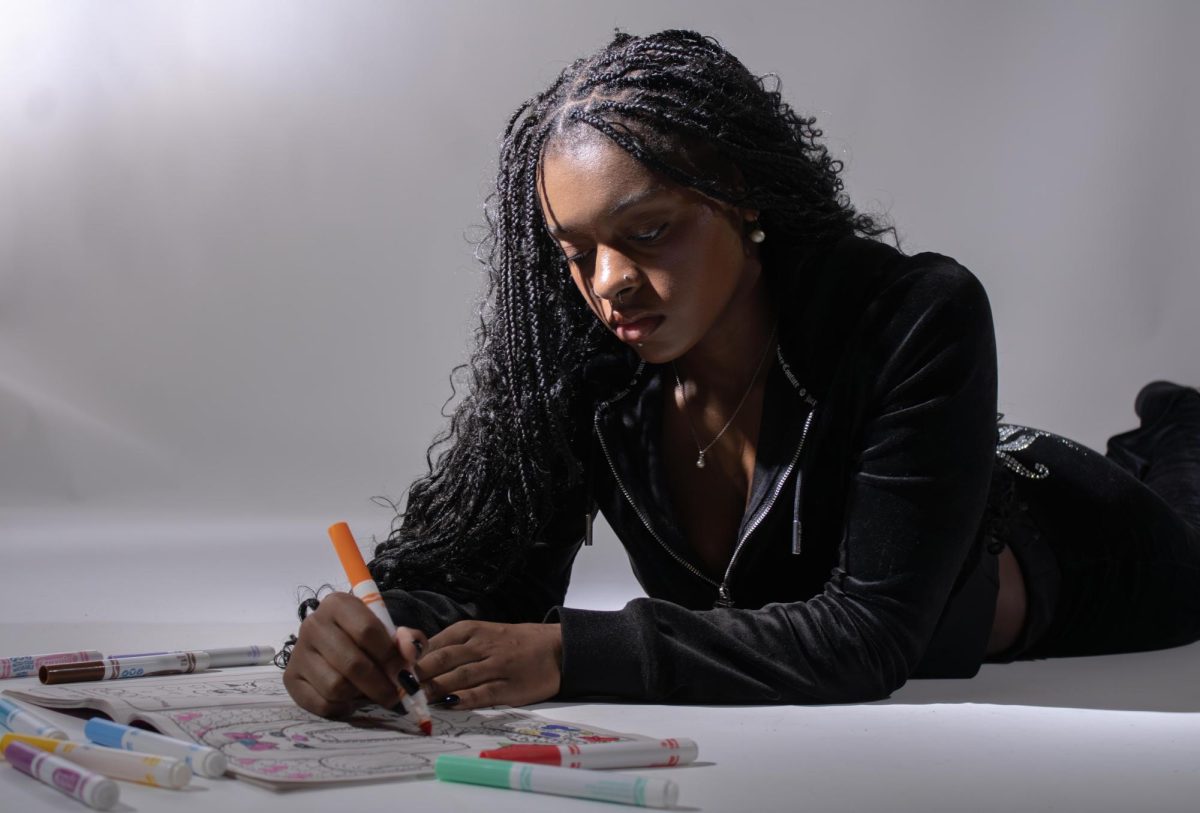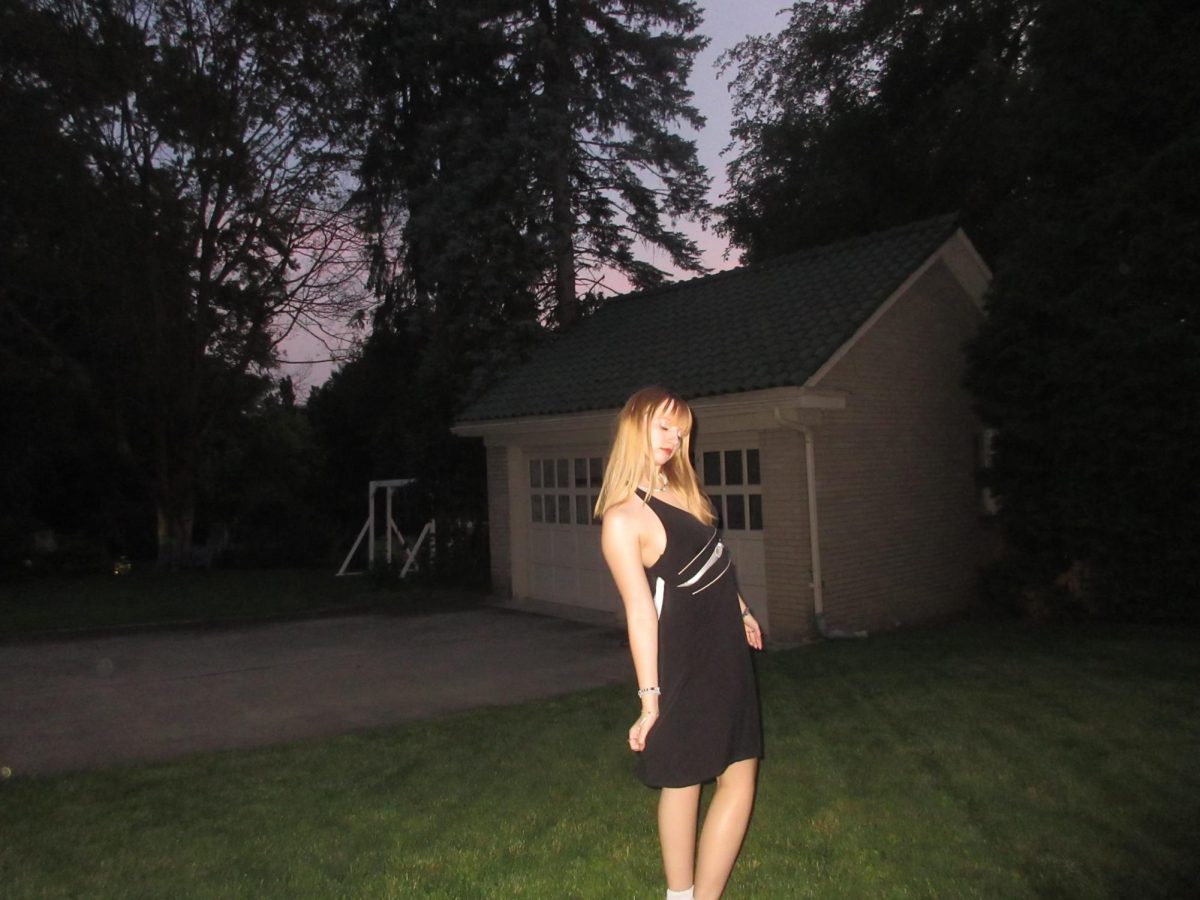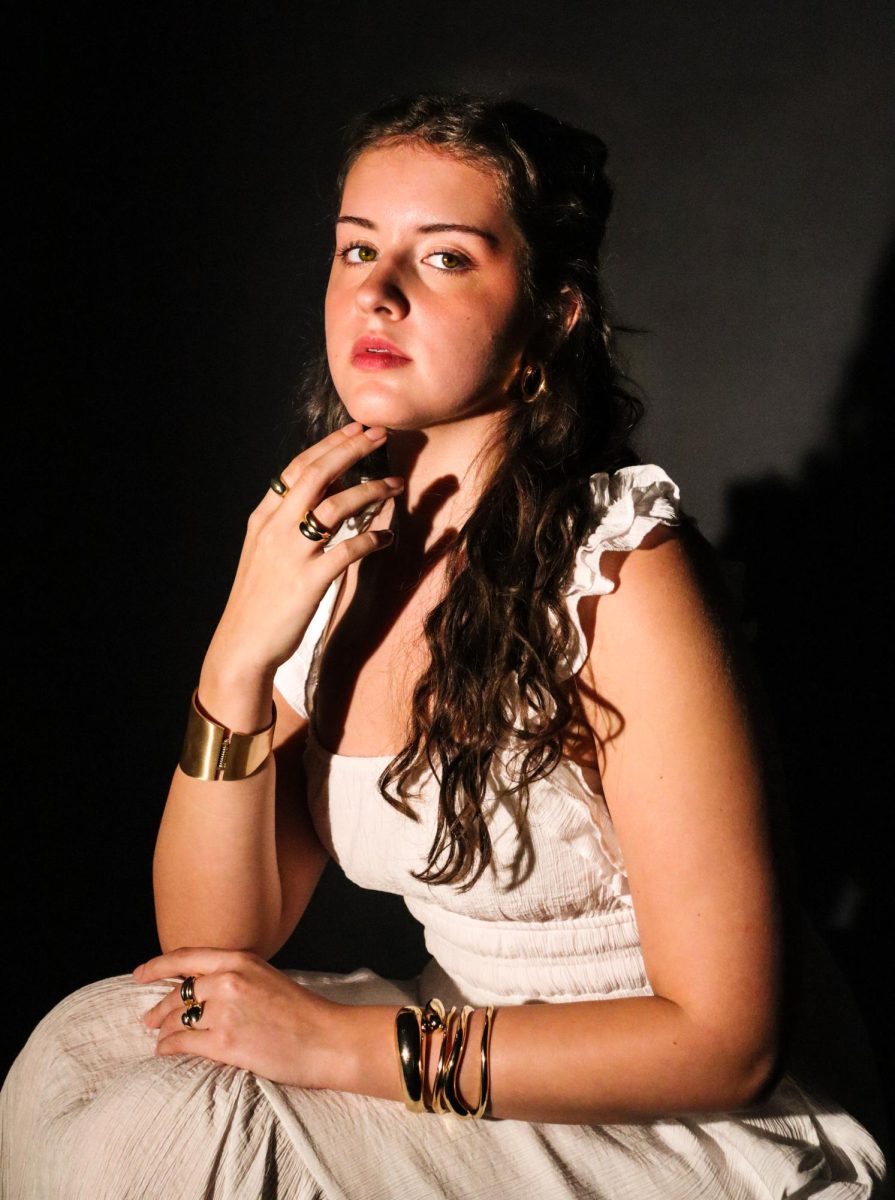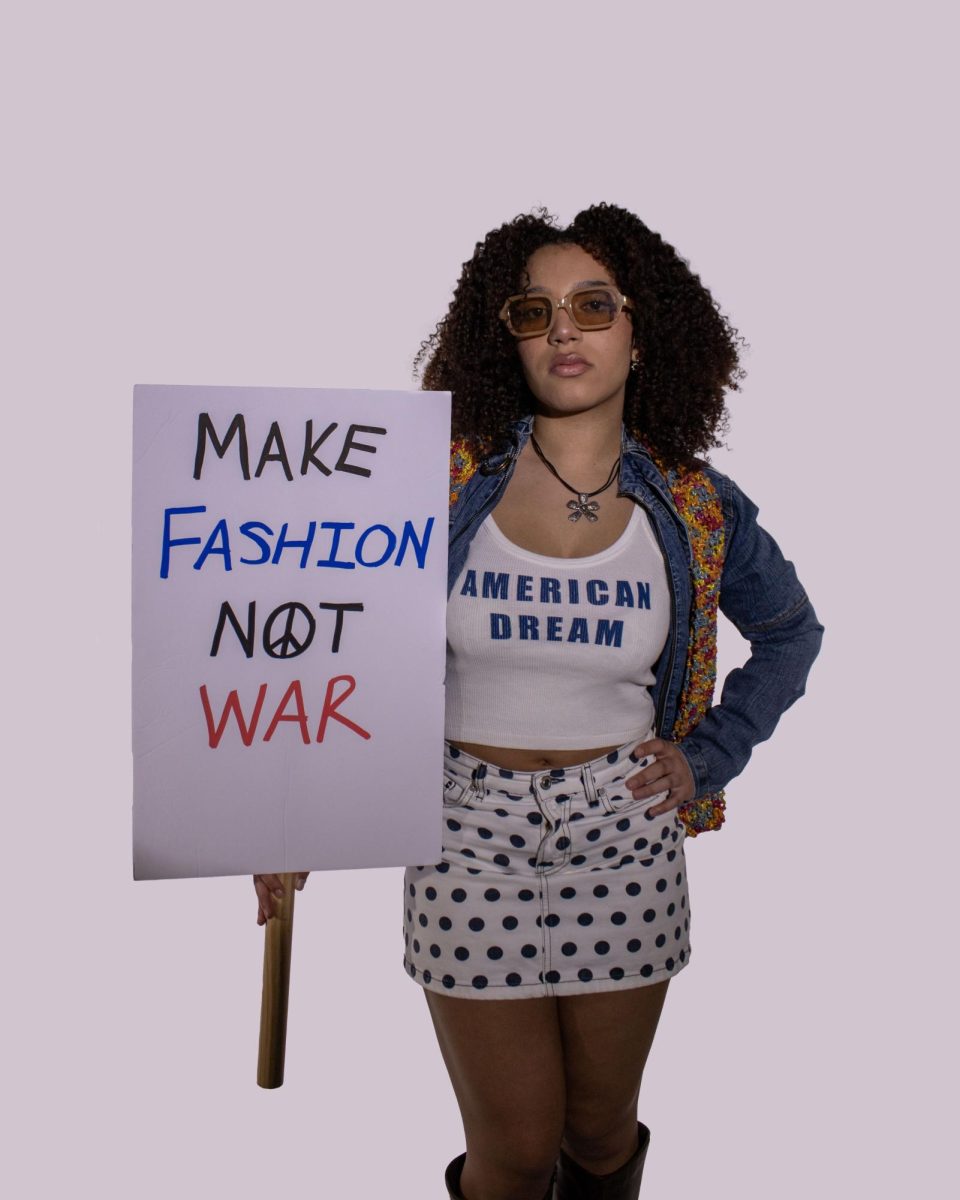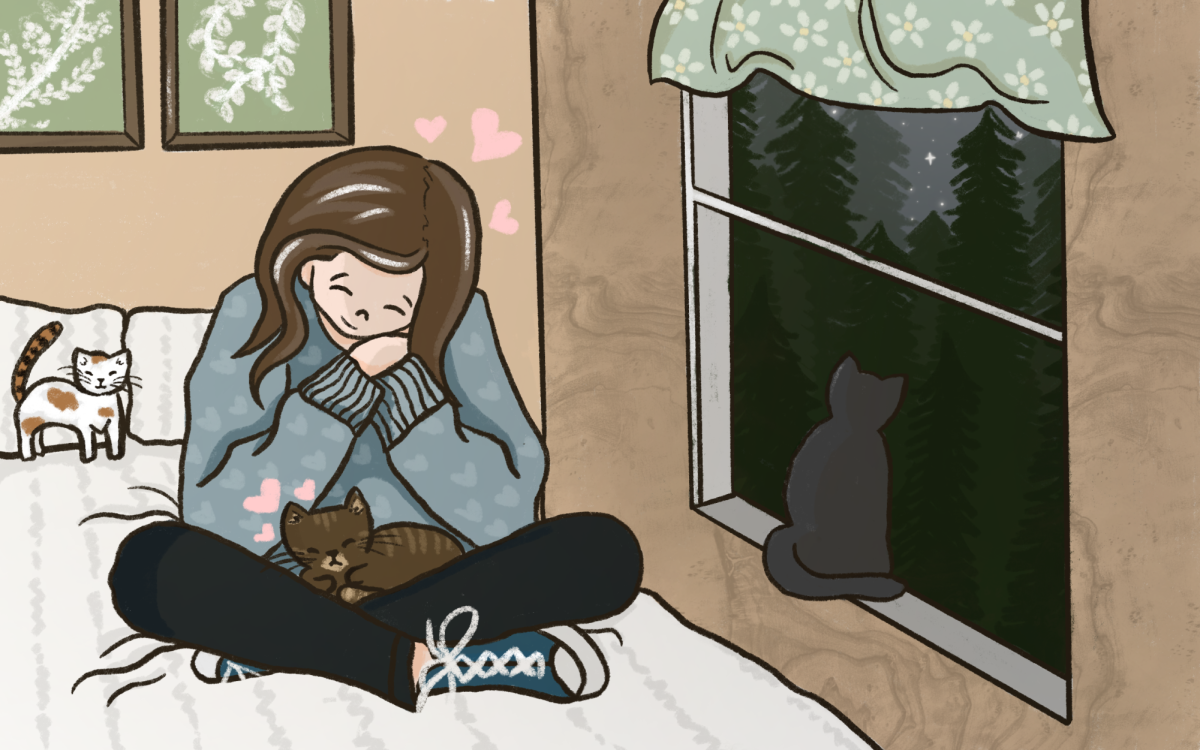Have you ever been so bored in the shower that you read the back of a shampoo bottle? On the few occasions I’ve done this, I would start to read the ingredients and then stop after the first line. I mean, who has patience for all those letters?
For years, I have invested in a range of beauty products both on the high-end and drug-store level. It’s no secret that the beauty industry is massive and highly dependent on consumers like me, who tend to purchase popular items without so much as a glance at the label. The beauty industry knows that consumers trust their words. “Organic” and “natural” labels deter consumers from looking at what’s really inside them.
What is it about these words that make us so inclined to believe that the products they are printed on are safe? All of the information we need is listed right in front of us in that confusing ingredients list, but lazy consumers like me never put in the time to research what they are, or how safe they are to use. Apparently, I’m late to jump on the bandwagon of cosmetics research because in a poll I created on Instagram, 61% of respondents said they had done research on the ingredients in their cosmetic products. This inspired me to take a look at the products I use every day, specifically ones that have these “trustworthy” labels, and finally attempt to understand what’s in my makeup.
To start my research, I looked at some of the products I use daily, both in skin-care and general makeup products, and researched each ingredient to determine if it was safe.
Olay Complete Sensitive +
An active ingredient in this moisturizer that I use twice daily, is octinoxate [6%]. According to safecosmetics.org, this ingredient is approved by the U.S. FDA but is linked to numerous health risks involving the endocrine system and reproductive organ development. I was shocked to see that this active ingredient could do so much damage and I’m confused why it’s still acceptable to use in cosmetics.
“Octinoxate exposure has also been found to alter the reproductive systems of female offspring, with significantly lowered hormone [estradiol and progesterone] levels, which is associated with infertility and miscarriages,” the website states.
Alba Botanica Hawaiian Facial Cleanser
As I’ve used this product in my skin care routine for years, I was pleasantly surprised to discover that the ingredients it contains are not harmful for my skin. With every new search into the ingredients, I was waiting for the bad news in a dreadful article that told me what I’ve been applying to my face is toxic, but with every search the results came back positive.
Alba Botanica prides itself on being made from natural ingredients and being free from parabens, phthalates and animal testing, while also using 100% vegetarian ingredients. These reassuring words almost seemed too good to be true, but I’m glad that this product is as safe as it claims to be.
Catrice Ultra HD Liquid Foundation
This brand claims to be very conscious about the ingredients they allow in their products, so I was curious if I could find any dirt within their labels. Fortunately, I found all the ingredients in this foundation to be safe for skin care use. I love this foundation and would have been broken-hearted if I discovered it was not safe.
On Instagram, I asked people what makeup brand they couldn’t live without and received a range of brands in the responses, including Tarte Cosmetics, Anastasia Beverly Hills, e.l.f, Urban Decay, Nars, Too Faced and Maybelline. These brand favorites are a mix of high-end and drug-store brands, so I figured I’d choose one that I’m more familiar with and dive a little deeper into that brand’s cosmetics formulas.
Tarte Cosmetics
This brand was mentioned a few times, and also happens to be one of my favorites, so I looked into their Big Ego Mascara to see if it contained any ingredient-no-no’s. I received the Big Ego mascara in an IPSY bag, and I’ve loved it ever since.
Big Ego Mascara:
Overall, the ingredients in this mascara are approved for limited use in cosmetics by the FDA. There were a few ingredients, such as acacia senegal gum, potassium sorbate and butylene glycol, that appeared to be human irritants. Since I have not had any issues with the product, it’s safe to say these ingredients are not irritants for me personally, but that doesn’t mean the ingredients are foolproof for others who may try it.
This mascara is generally safe to use, but I did find it interesting that one of the ingredients, stearic acid, was considered to be an environmental toxin. Makeup toxicity in the environment is a whole other topic worth delving into on another day, but it’s important to mention and take note of for further research.
The very last ingredient in this mascara, Black 2 (CI 77226), was quite alarming when I entered it into my search bar. Similar to the octinoxate ingredient from my Olay Moisturizer, it’s another ingredient that has links to health issues, but is approved by the FDA in limited uses for cosmetics. This ingredient is said to possibly be linked to cancer, but this could be in higher doses or stronger concentrations.
Overall, I’m happy I was able to dive into my makeup and skin care products more extensively to see what it is I’m using on my skin. If you’re interested in doing your own research, EWG Skin Deep is a great resource, as they have compiled a list of ingredients with data on studies linking those ingredients to health problems or concerns.
Although I did not find too many issues with the products I use other than some mild links to skin irritations, it’s important to check the labels. Just because a product says “organic” doesn’t mean there isn’t a scary ingredient hidden in the formula. For all you makeup-lovers like me, be safe and research what you’re using. Your favorite products could be more dangerous than they appear.
Support Student Media
Hi, I’m Maria McGinnis, a senior journalism student from Stow, Ohio. I’m also the editor in chief of A Magazine. My staff and I are committed to bringing you the most important and entertaining news from the realms of fashion, beauty and culture. We are full-time students and hard-working journalists. While we get support from the student media fee and earned revenue such as advertising, both of those continue to decline. Your generous gift of any amount will help enhance our student experience as we grow into working professionals. Please go here to donate to A Magazine.

